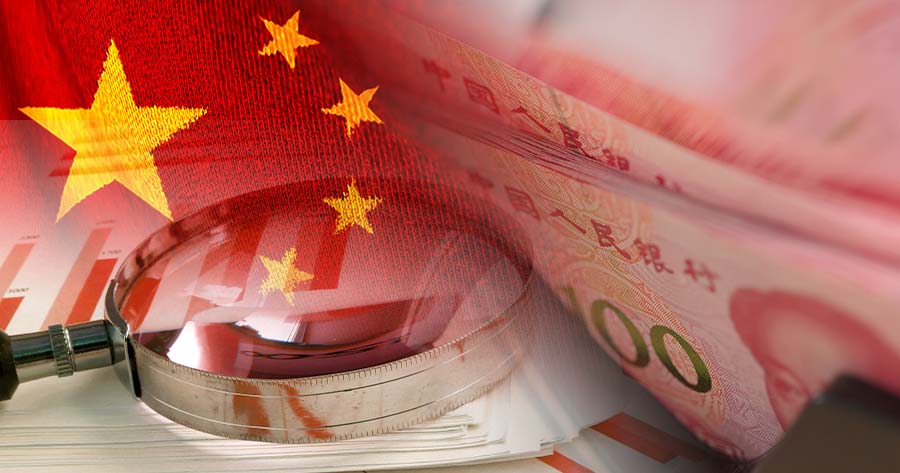China’s consumer prices declined more than anticipated in September, while the ongoing softness in producer prices highlighted persistent weakness in domestic demand and growing unease over global trade tensions.
Official data released Wednesday by the National Bureau of Statistics showed China’s consumer price index (CPI) fell 0.3% year-on-year last month, outpacing economists’ predictions of a 0.2% drop.
The figure marked a slightly milder fall compared to August’s 0.4% decrease. On a month-to-month basis, prices crept higher by just 0.1%, falling short of expectations for a 0.2% rise.
Core CPI, excluding volatile food and energy prices, rose 1.0% from the prior year—the fastest pace since February 2024, according to Wind Information.
Zhiwei Zhang, president and chief economist at Pinpoint Asset Management, stated that while this improvement offers a “positive sign,” persistent trade friction and renewed uncertainty over the economic outlook are weighing on demand recovery. Zhang noted it remains premature to conclude that deflationary pressures are dissipating.
The producer price index (PPI) contracted 2.3% year-on-year, matching economists’ expectations, but the pace of decline moderated for the second straight month. Price decreases narrowed from 2.9% in August and 3.6% in July.
Despite this softening, China’s factory-gate deflation has stretched on for nearly three years, eroding manufacturers’ profitability amid subdued consumer sentiment and disruption linked to U.S. trade policy.
China’s economy continues to be hampered by tepid consumer demand and a protracted real estate slump, even as U.S. tariffs stifle export momentum. While aggregate exports have grown this year, shipments to the U.S. have registered double-digit declines since April.
Dong Lijun, spokesperson for the National Bureau of Statistics, attributed part of the CPI drop to the “tail effect”—higher price levels from the previous year—adding that stripping out this impact, consumer prices would have shown a 0.5% year-on-year increase.
Food and energy saw the largest price drops, falling 4.4% and 2.7%, respectively. Meanwhile, industrial consumer goods such as gold and platinum jewelry saw notable gains, surging 42.1% and 33.6% respectively, driven by global demand for precious metals, Dong added.
Accommodation and airline ticket prices decreased by 1.5% and 1.7%, respectively, victims of a fierce price war ahead of the Golden Week holiday.
These latest data points underscore the significant structural headwinds China faces in its efforts to rebalance its economy. Softening demand, persistent overcapacity, and fierce price competition are putting business resilience to the test like never before, said Alfredo Montufar-Helu, managing director at Ankura Consulting’s GreenPoint Business.





